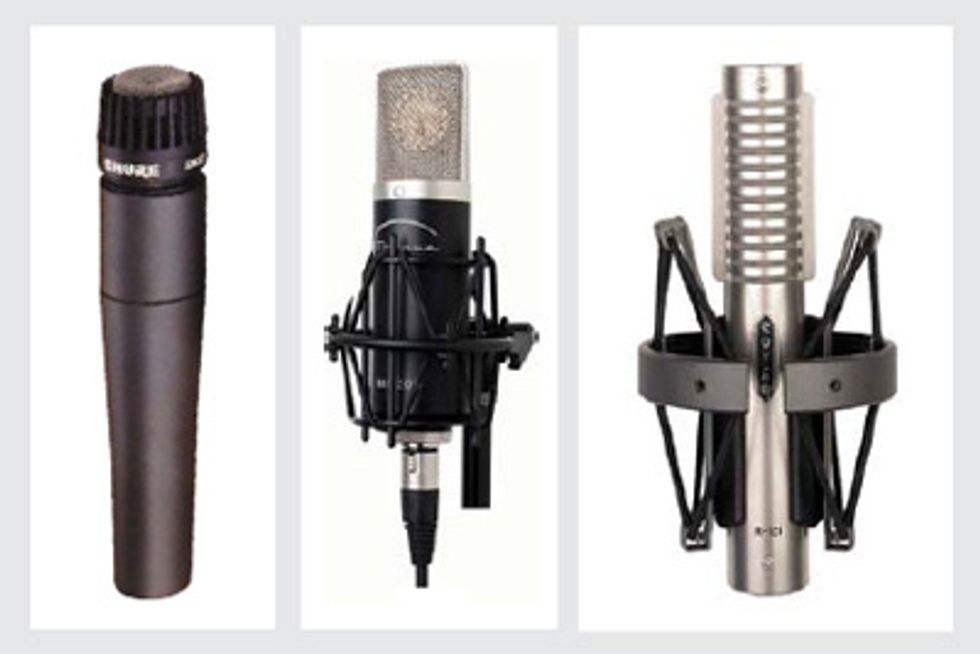 |
Dynamic microphones operate exactly like a speaker in reverse (in fact, you can actually hook up a raw speaker to a microphone preamp and use it to capture sound). Sound waves strike and move a dynamic microphone’s diaphragm—a very thin sheet of mylar—which is connected to a coil of wire and wrapped around a magnet. The coil moves back and forth around the magnet as the diaphragm moves, creating an electrical current in the wire. This very small electrical signal is sent to a microphone preamp or mixer input, where it is amplified to a level where other electrical components (equalizers, compressors, etc.) can deal with it. Dynamics are the standard for live vocals, and they are commonly used to mic electric-guitar amps, drums, and brass in the studio and onstage. Popular dynamic microphones used for guitar amps include the ubiquitous Shure SM57, Sennheiser MD-421 and e609, and Audix i5.
Condenser microphones operate using the principle of capacitance (“condenser” is another word for “capacitor”). They use a thin Mylar diaphragm covered with a very thin coating of metal, and this acts as one plate of the capacitor. The diaphragm moves in relation to a fixed backplate (which forms the other plate of the capacitor), creating a change in capacitance that results in a tiny electrical charge. Because this signal is so small, condenser mics contain internal electronics for raising the level enough that it can be sent to a microphone preamp or mixer input. Condensers are most often used in the studio for mic’ing pianos, strings, acoustic guitars, and vocals, and they’re also favored as room mics and drum overheads. There are literally hundreds of modern condenser microphones, but some popular models include the Mojave Audio MA-200, Shure KSM 44, and any number of models from Audio-Technica, Blue, Neumann, and Røde.
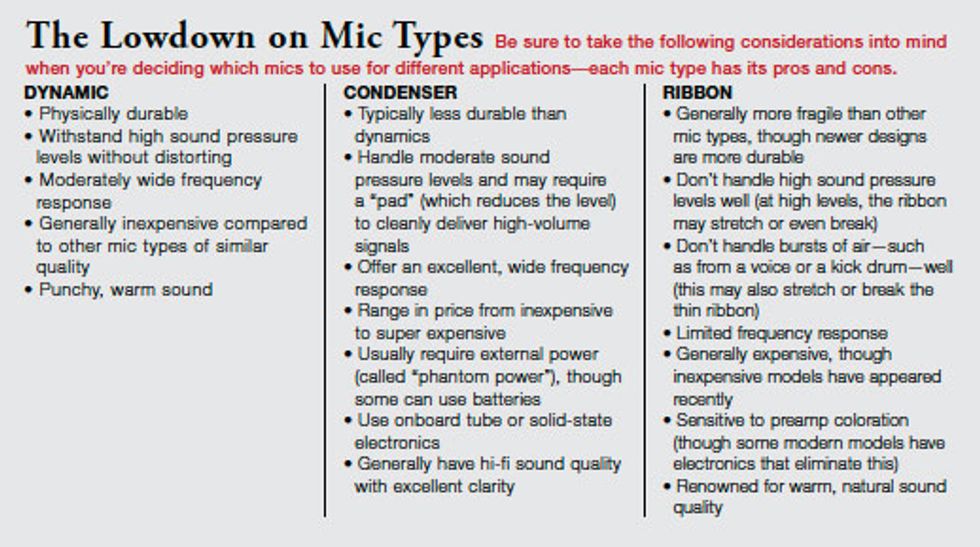
Ribbon microphones work in a somewhat similar fashion to a dynamic mic, though the design is different. Instead of a diaphragm connected to a coil of wire (as in a dynamic mic), a ribbon mic uses a long, thin strip of lightweight metal suspended in a magnetic field. Sound waves cause the ribbon to move in the field, creating a tiny electrical signal. This signal is routed to a mic preamp or mixer input. In the studio, ribbons are used on acoustic instruments, vocals, brass, and guitar amps, and as drum overheads and distant mics. Examples of modern ribbon mics that work well for recording guitar amps include the Royer R-121, AEA R84 and R92, Audio-Technica AT4081, and Beyerdynamic M 160 and M 130. In the past, ribbon mics were pretty much reserved for the studio, but some new models—such as the Royer R-121 Live and R-122 Live—are intended for the rigors of live stage use.
That’s it for this time around. Next issue, we’ll delve more deeply into the mysteries of the world of microphones and look at how different microphones can help you refine and tailor your recorded tone.
Mitch Gallagher is the former editor in chief of EQ magazine. He’s written more than 1000 articles and six books on recording and music technology, and has released an instructional DVD on mastering. He has played guitar for more than 30 years, and his upcoming book is entitled Guitar Tone: Pursuing the Ultimate Electric Guitar Sound. To learn more, visit mitchgallagher.com.














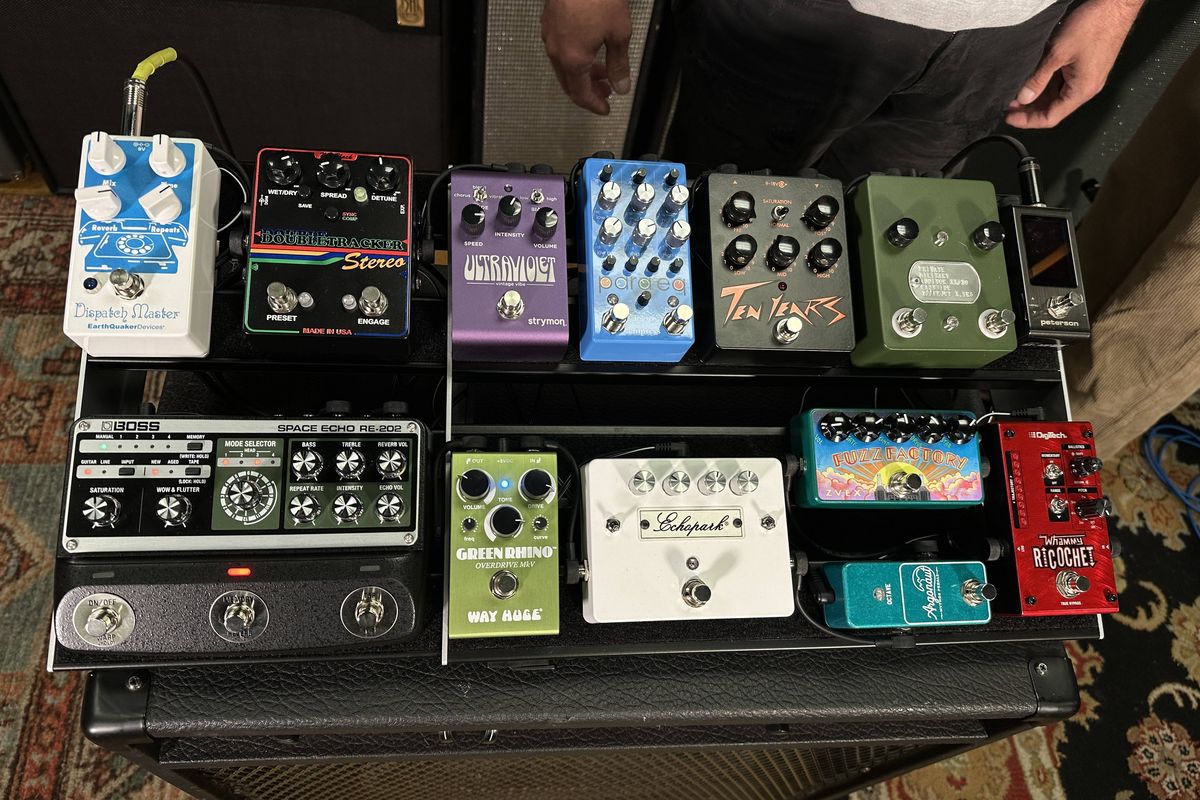
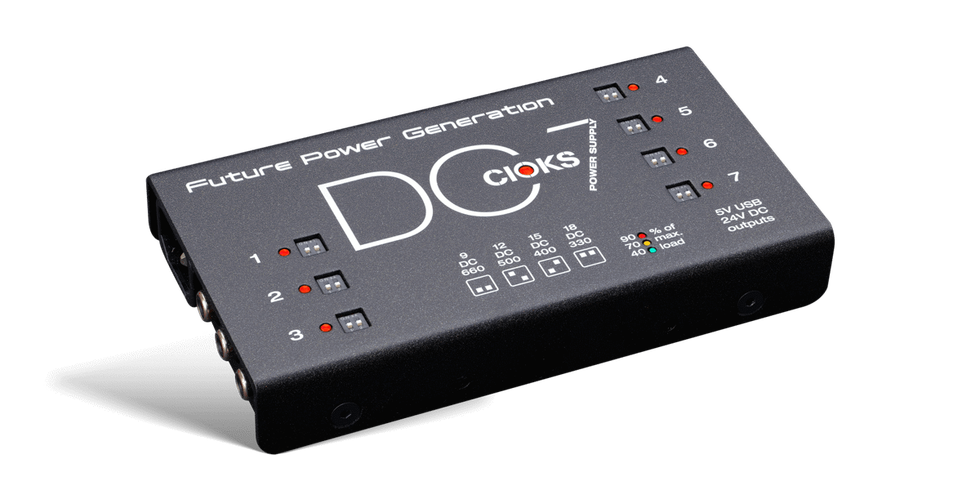
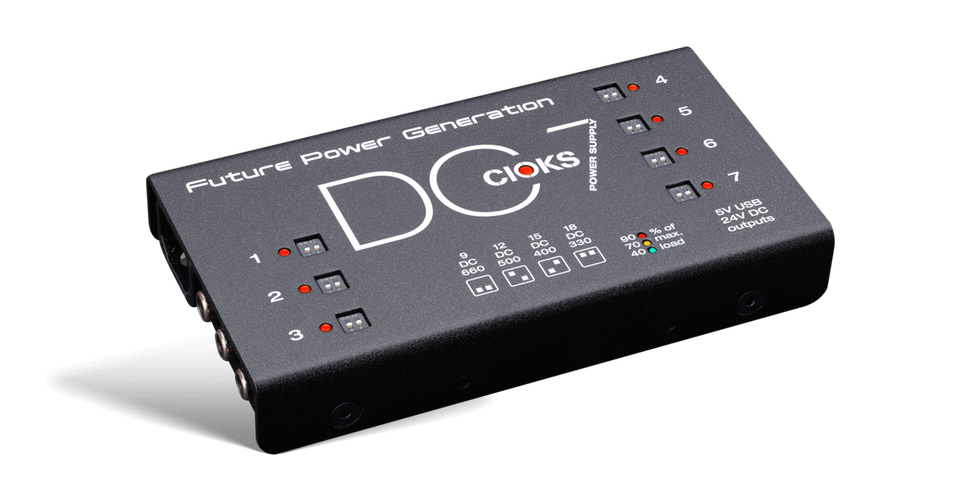
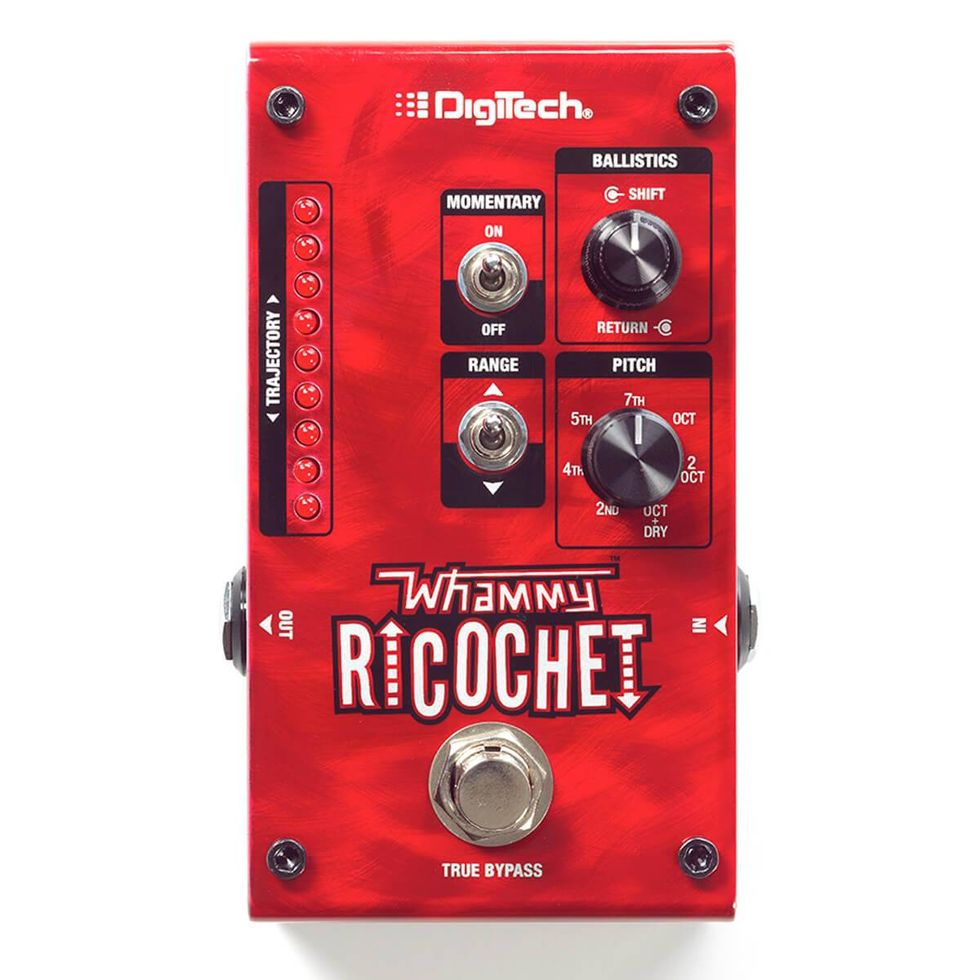
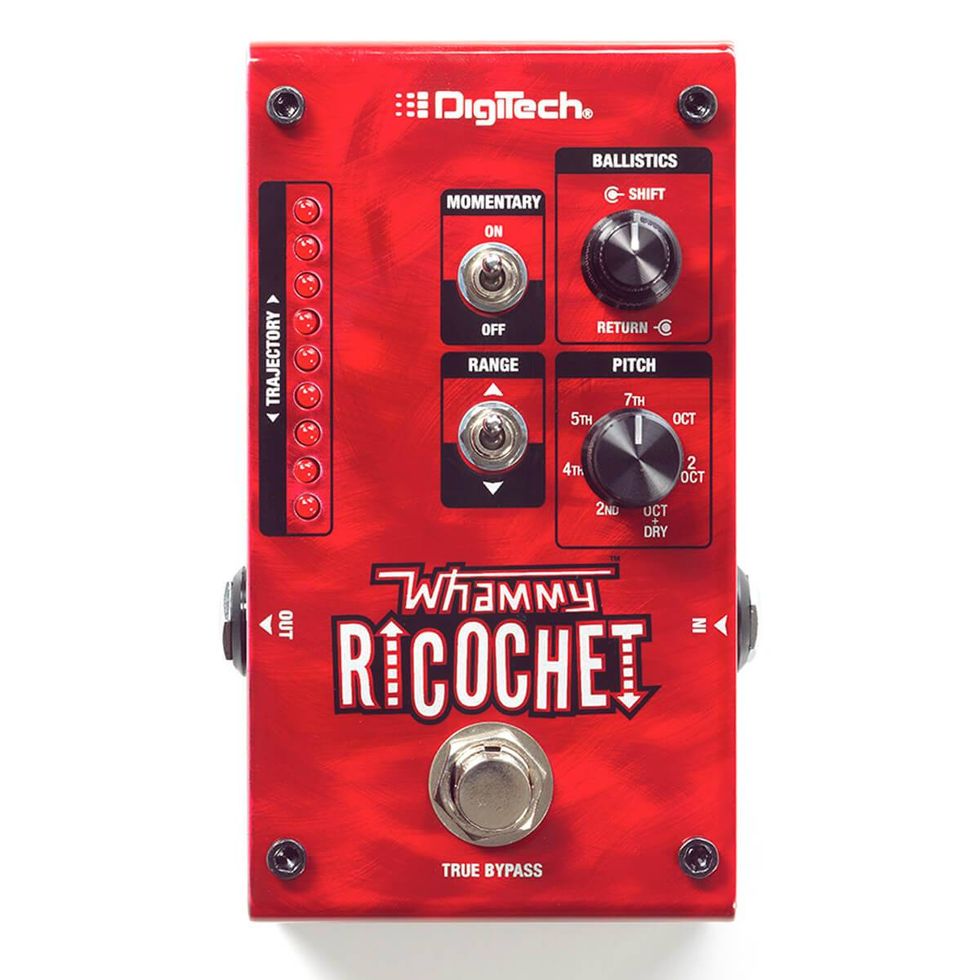
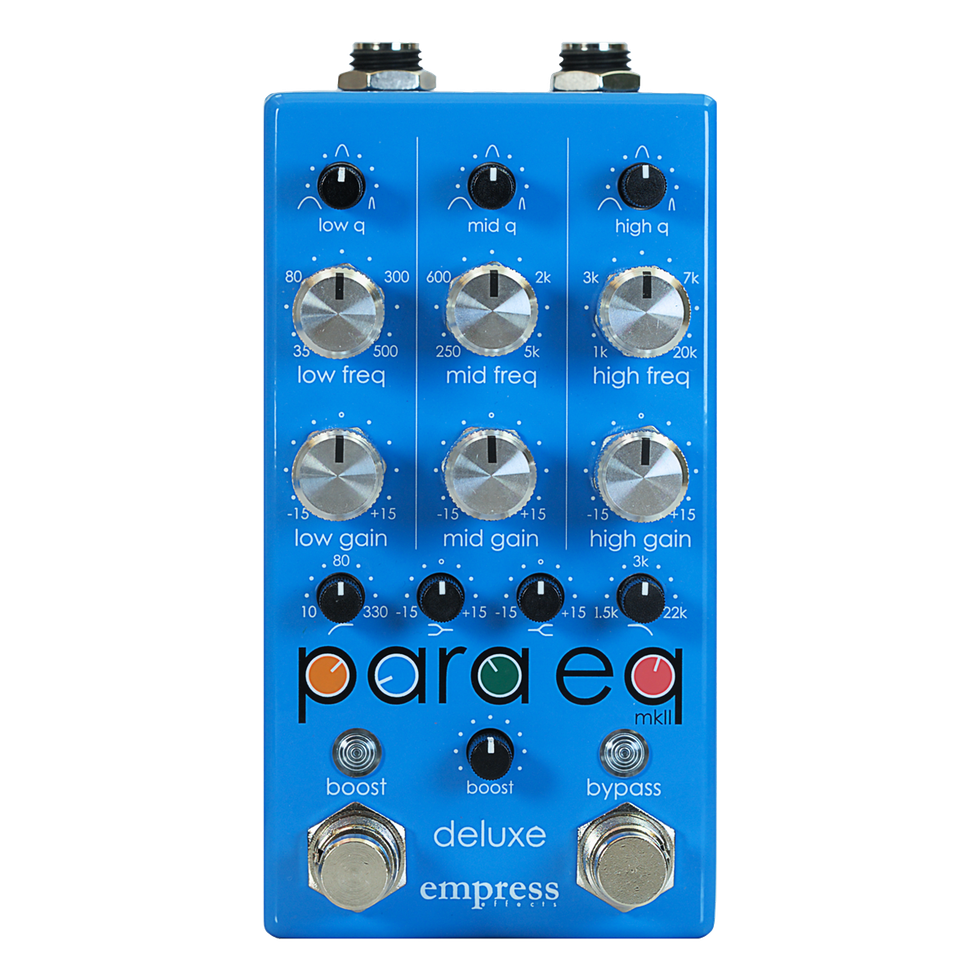
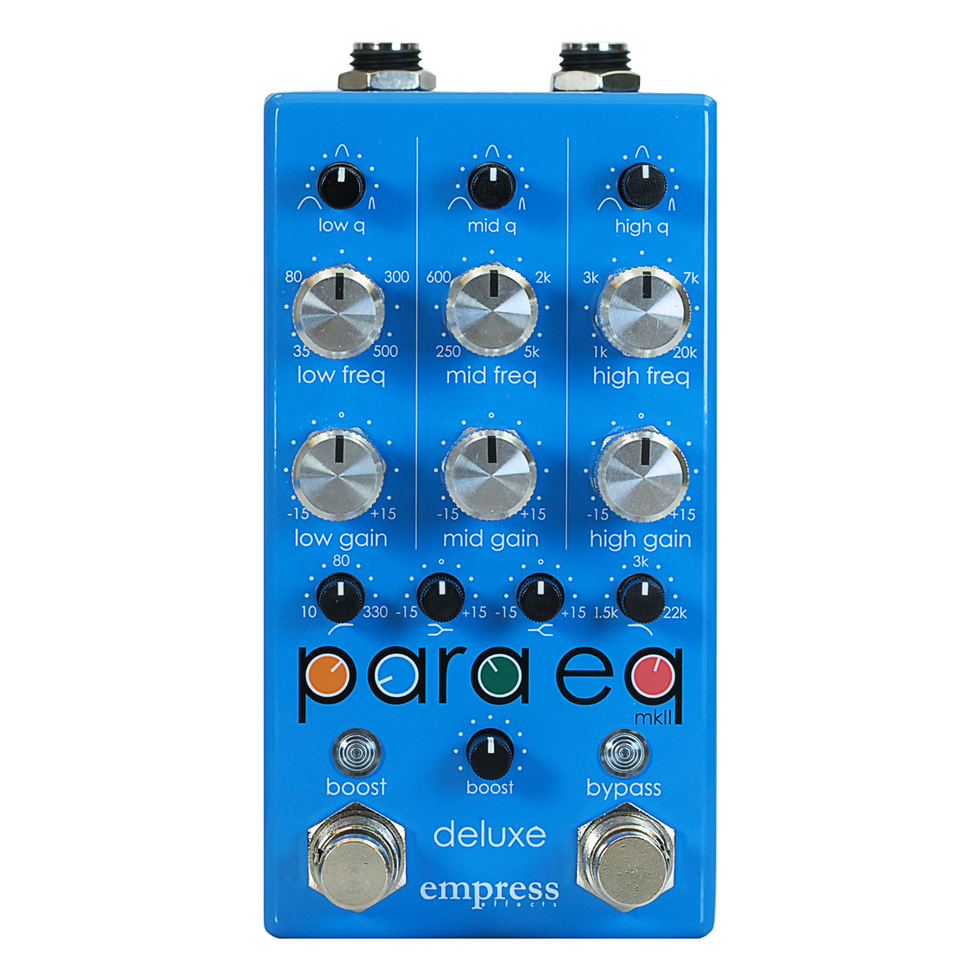
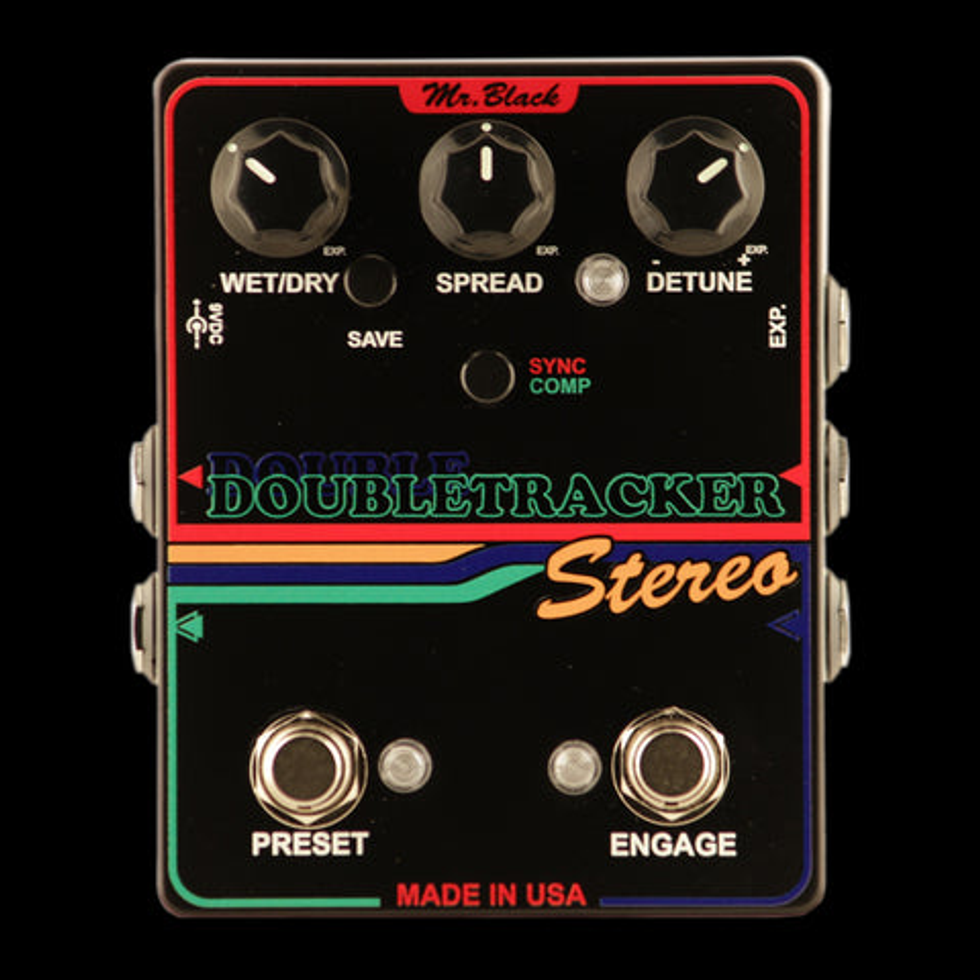
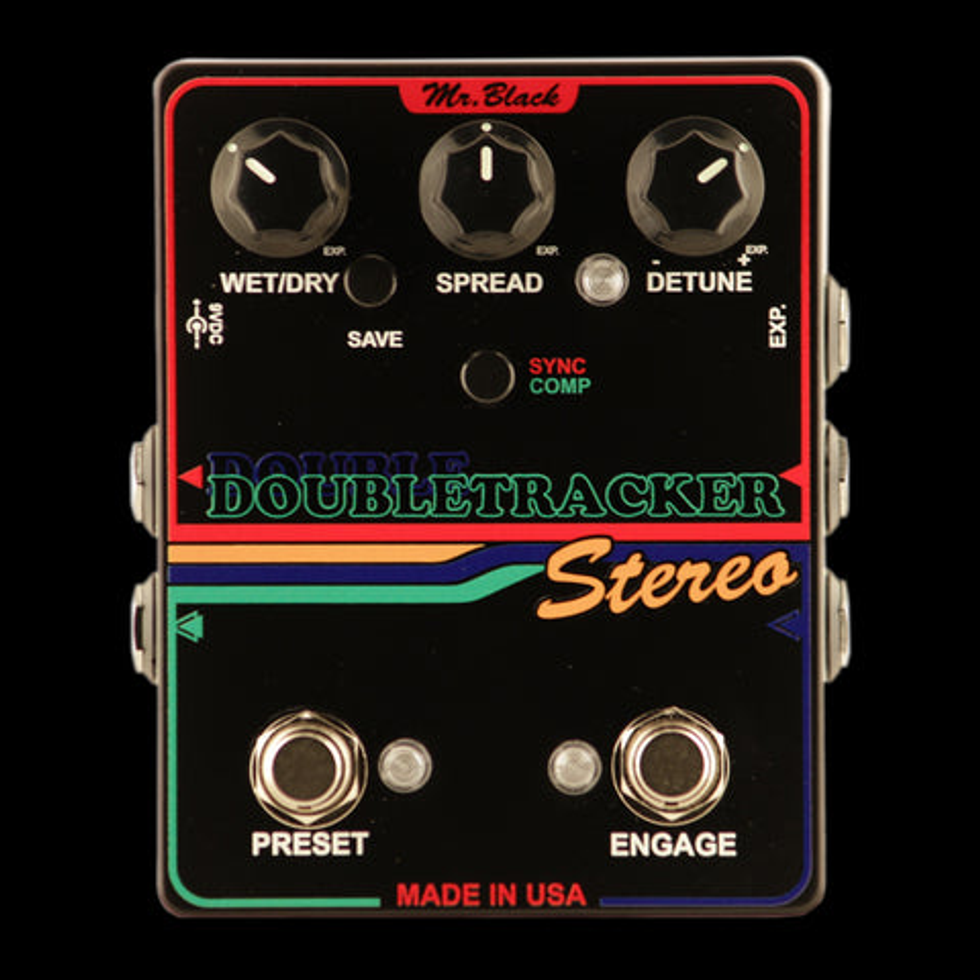
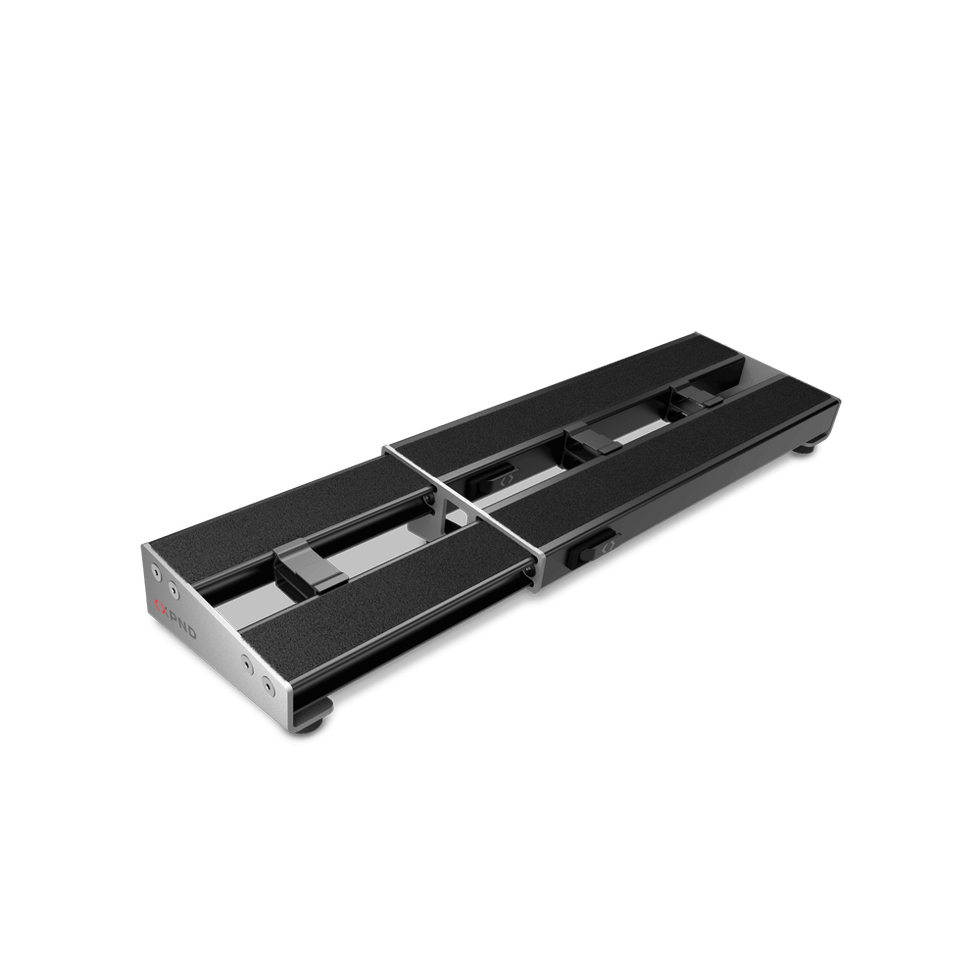
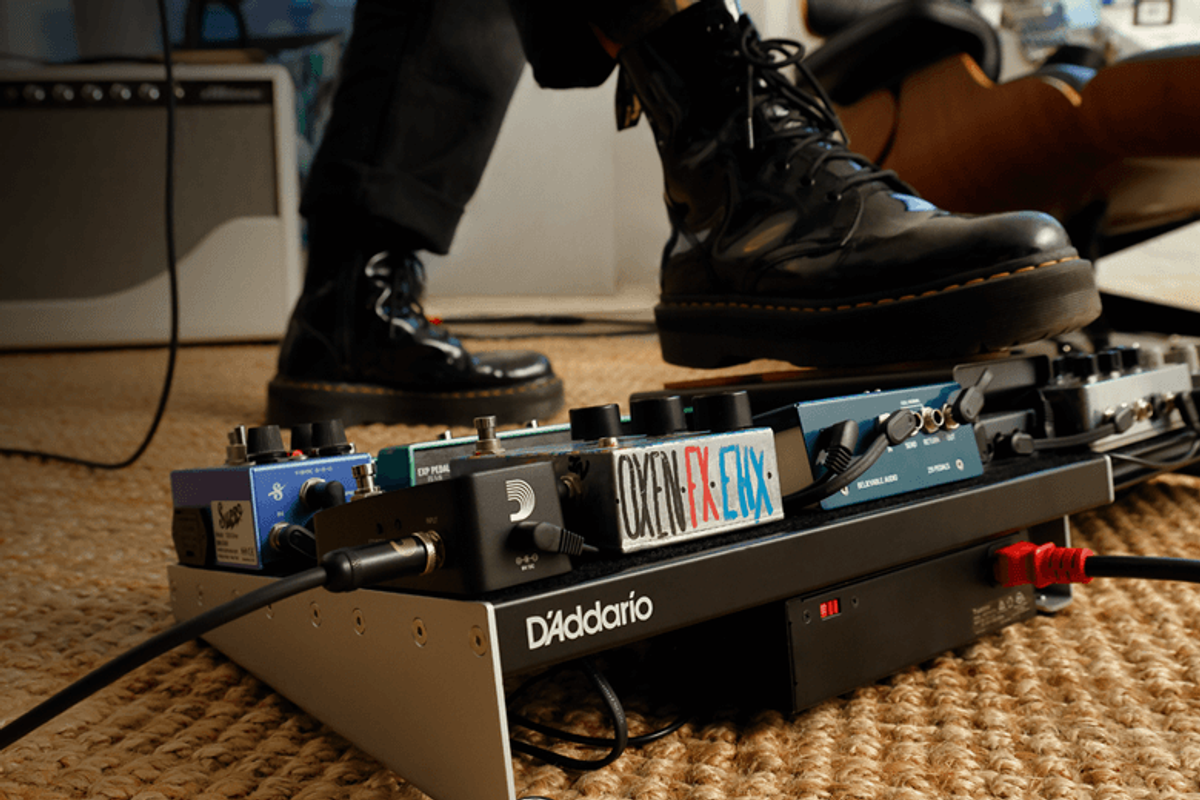
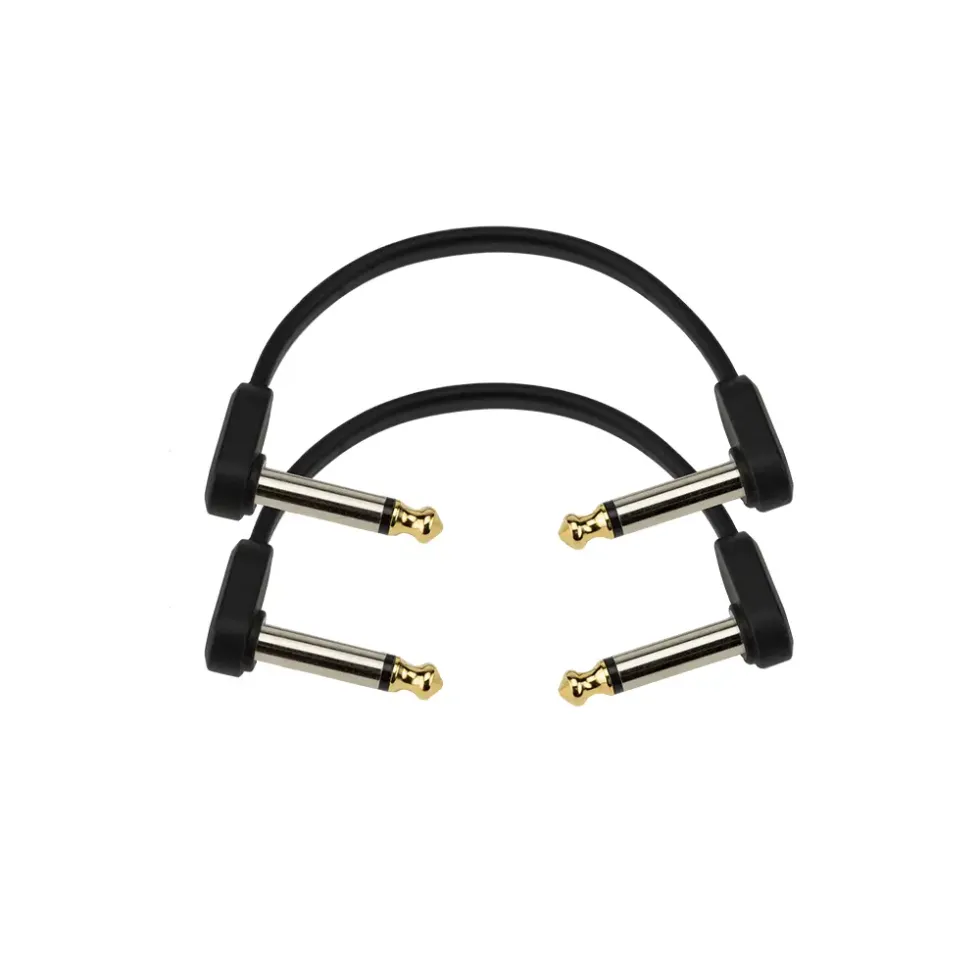
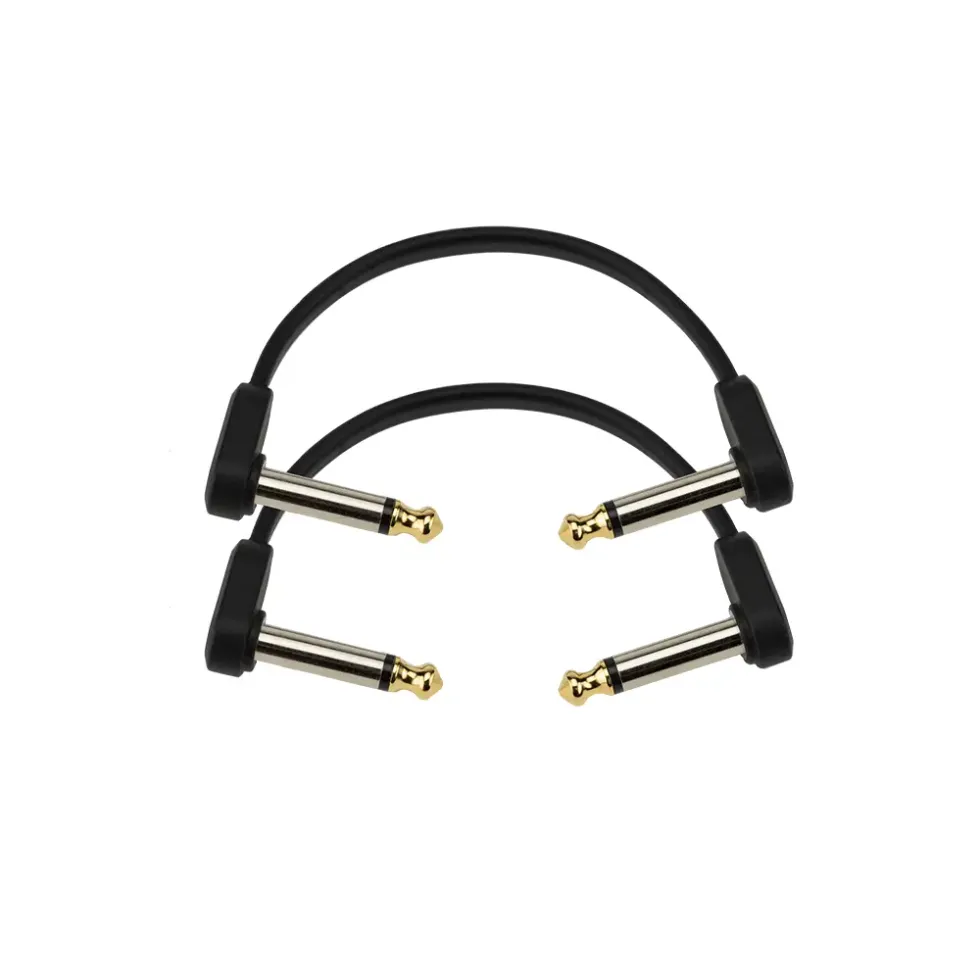
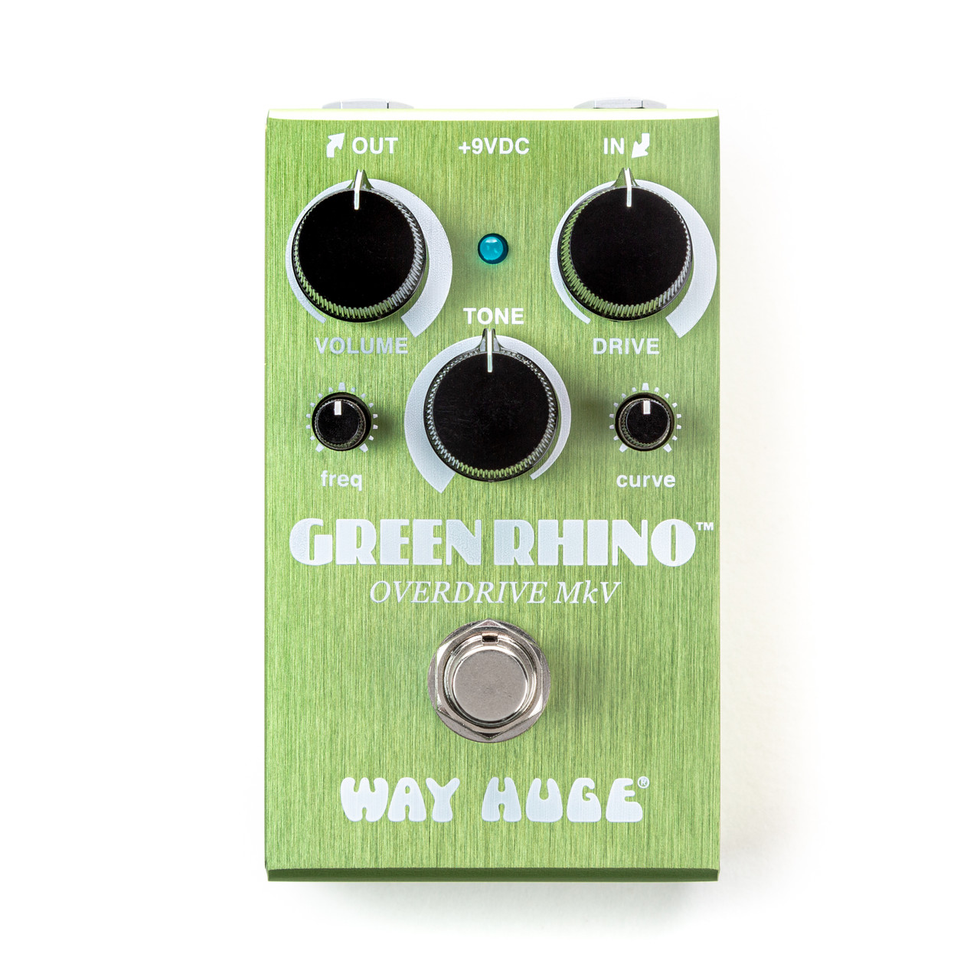
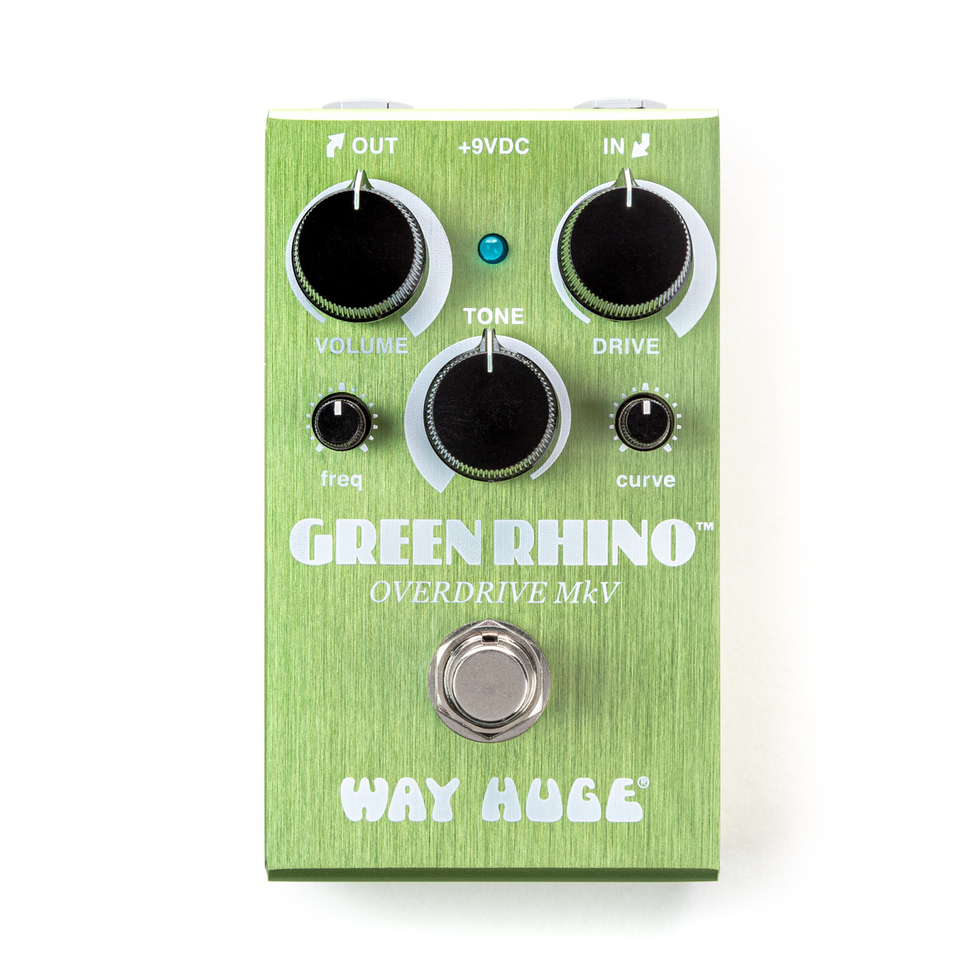
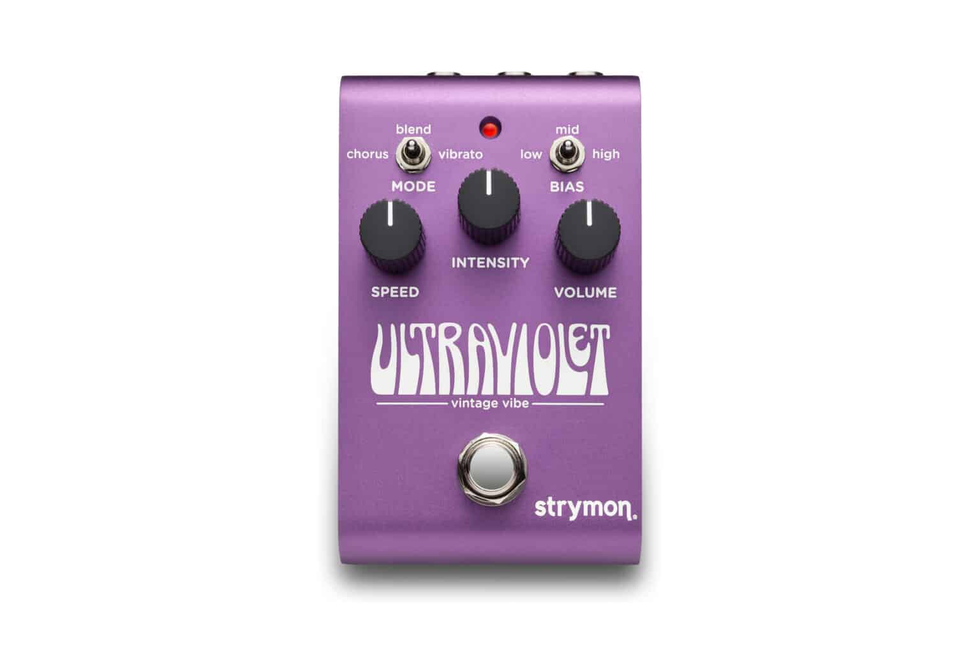
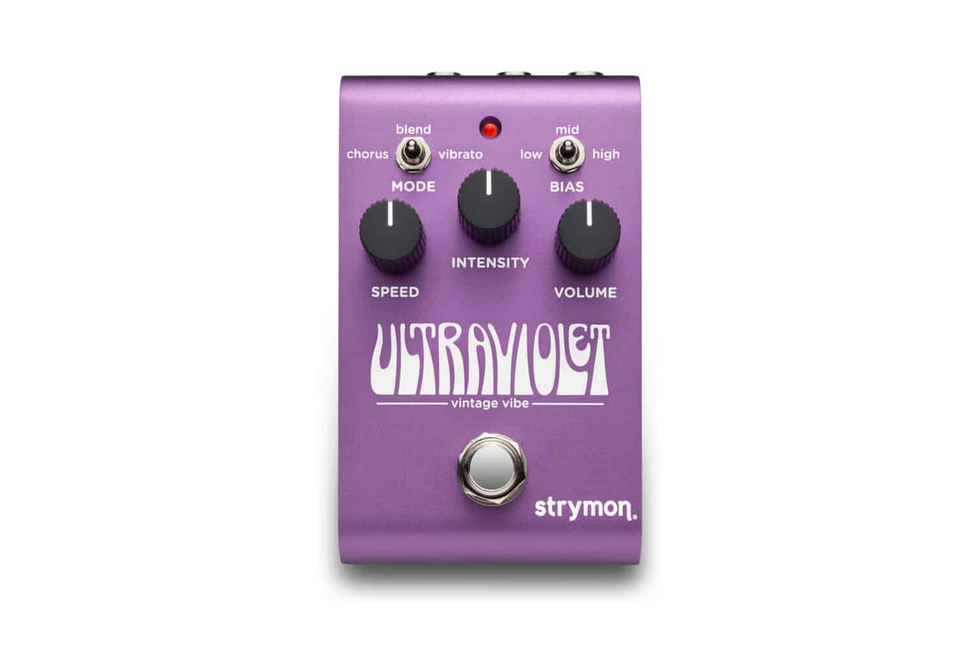
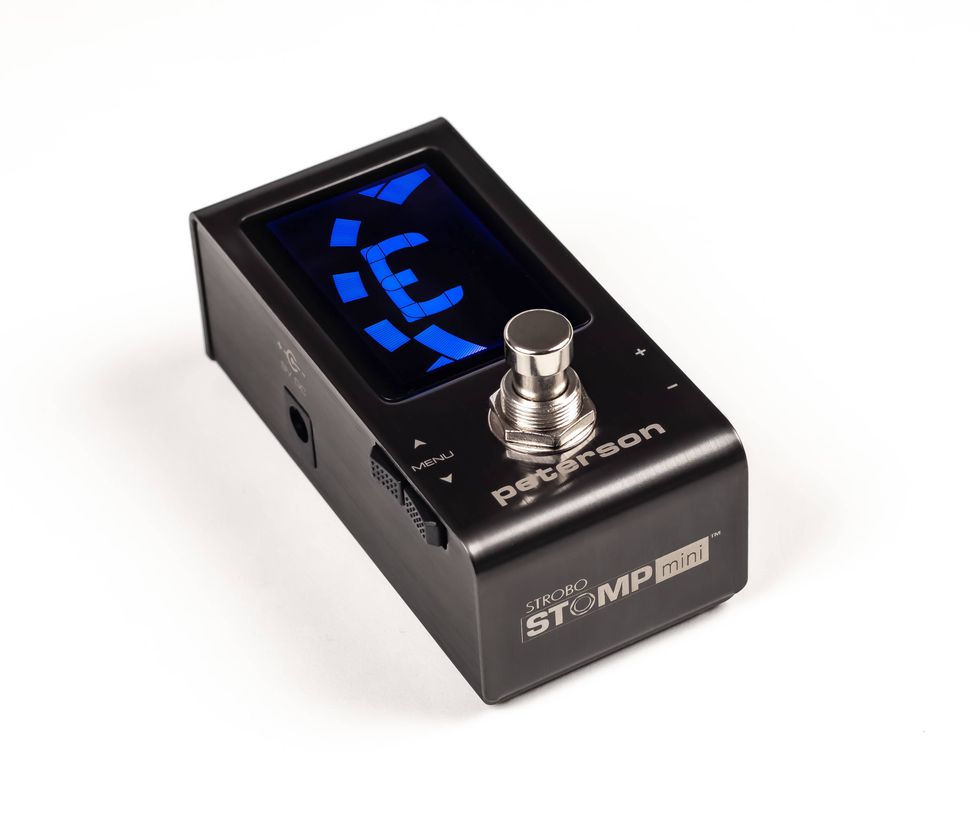
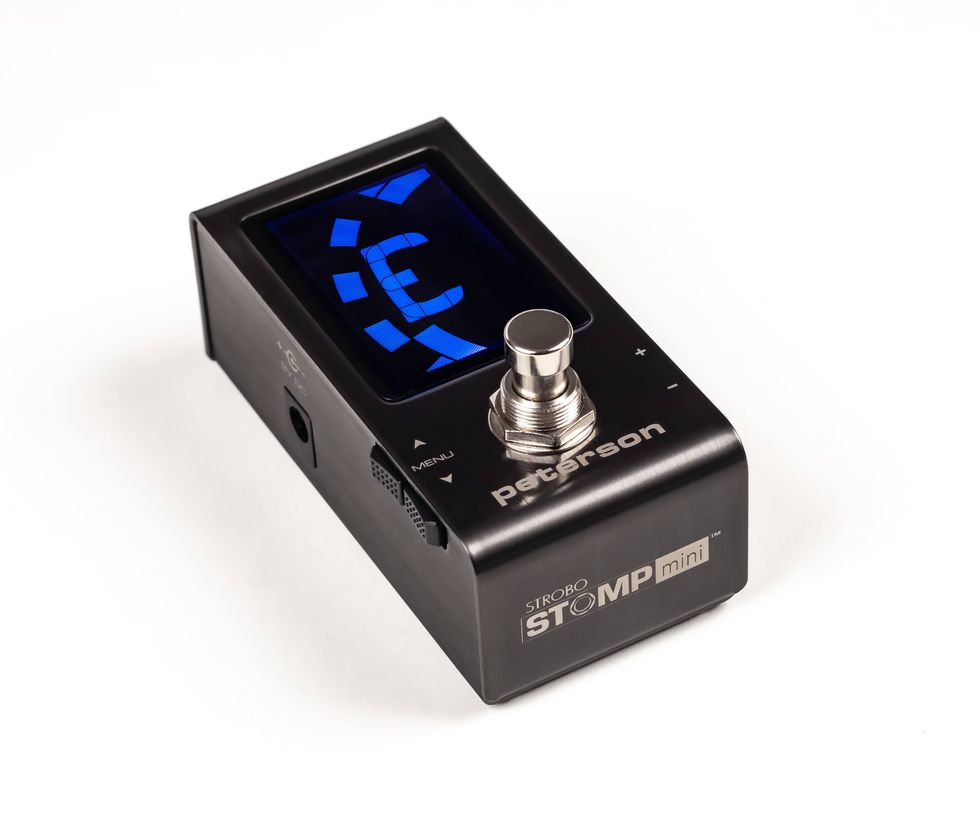
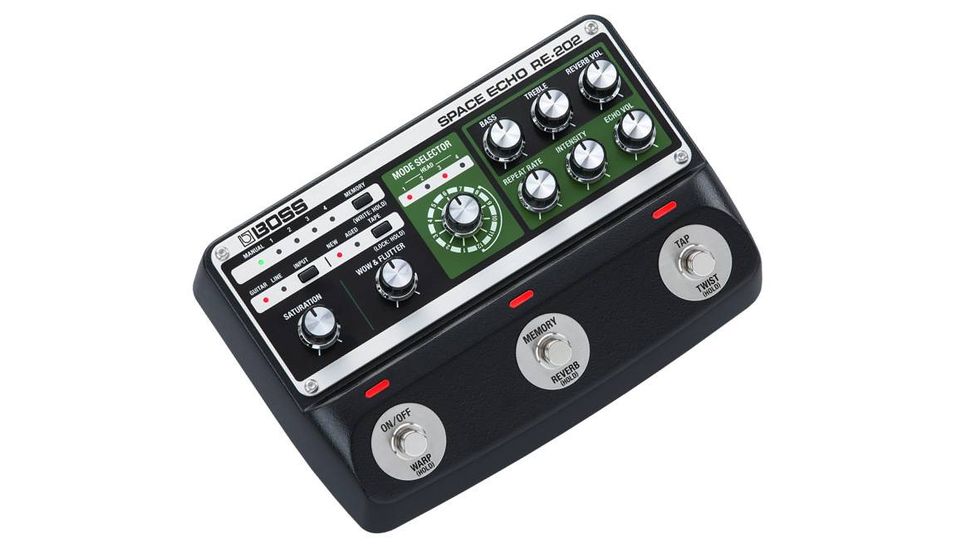
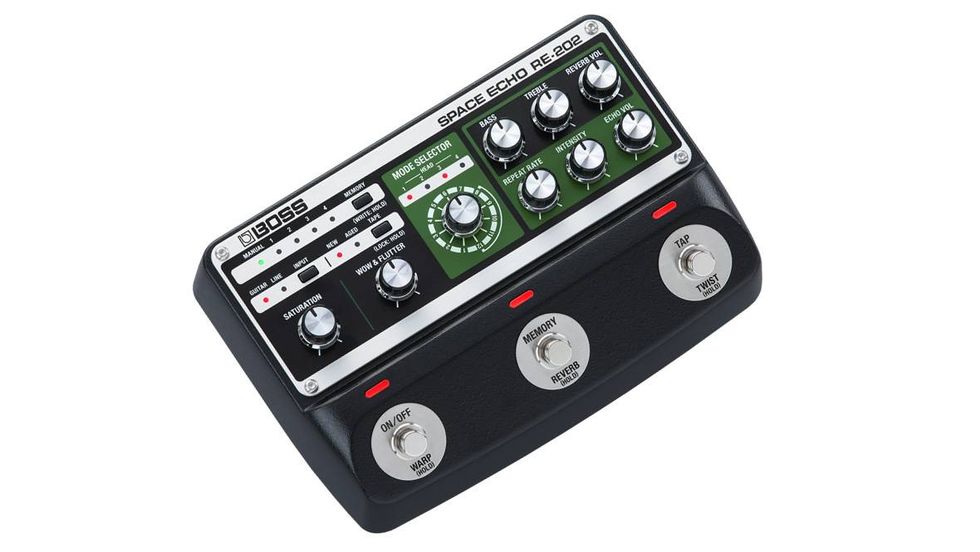
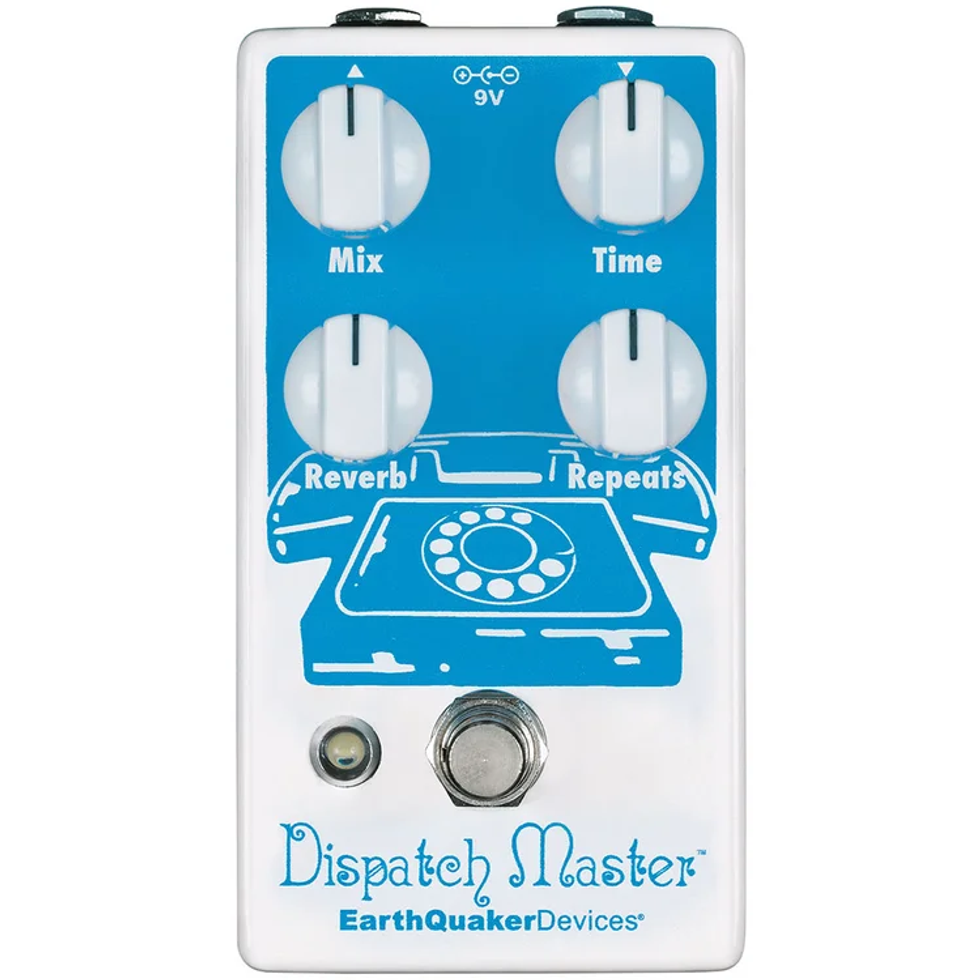
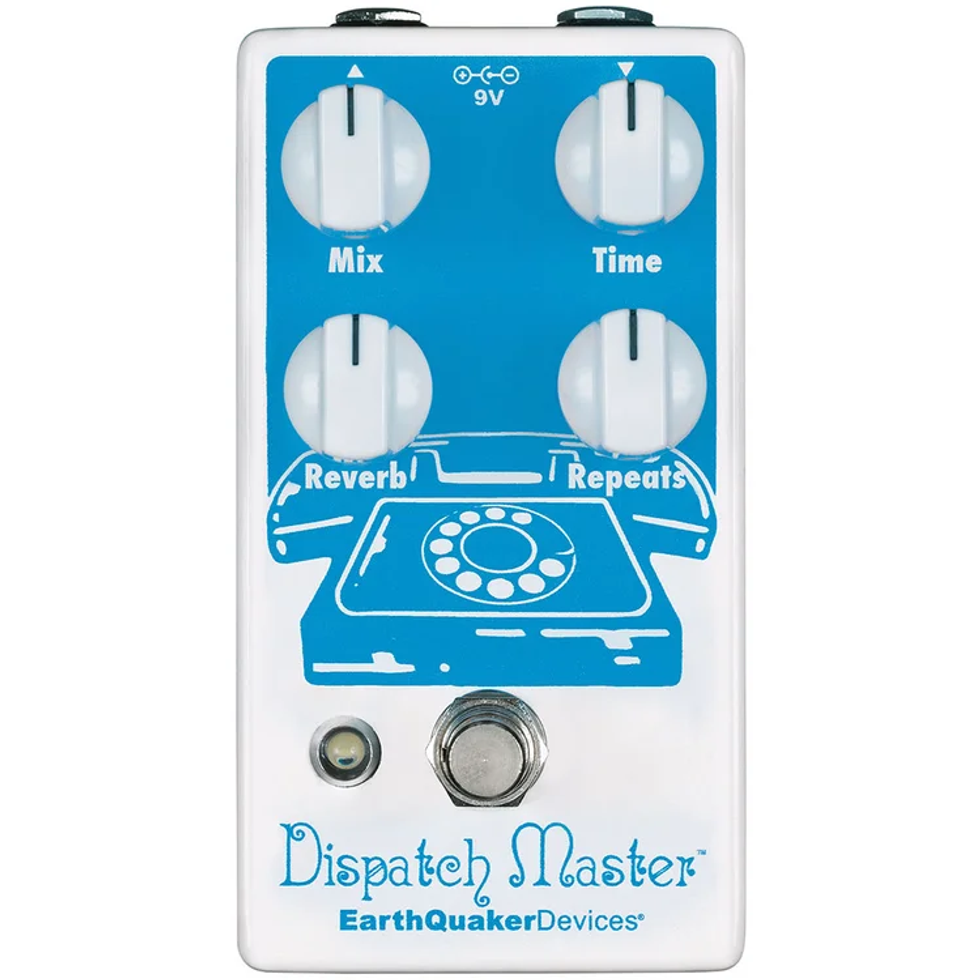
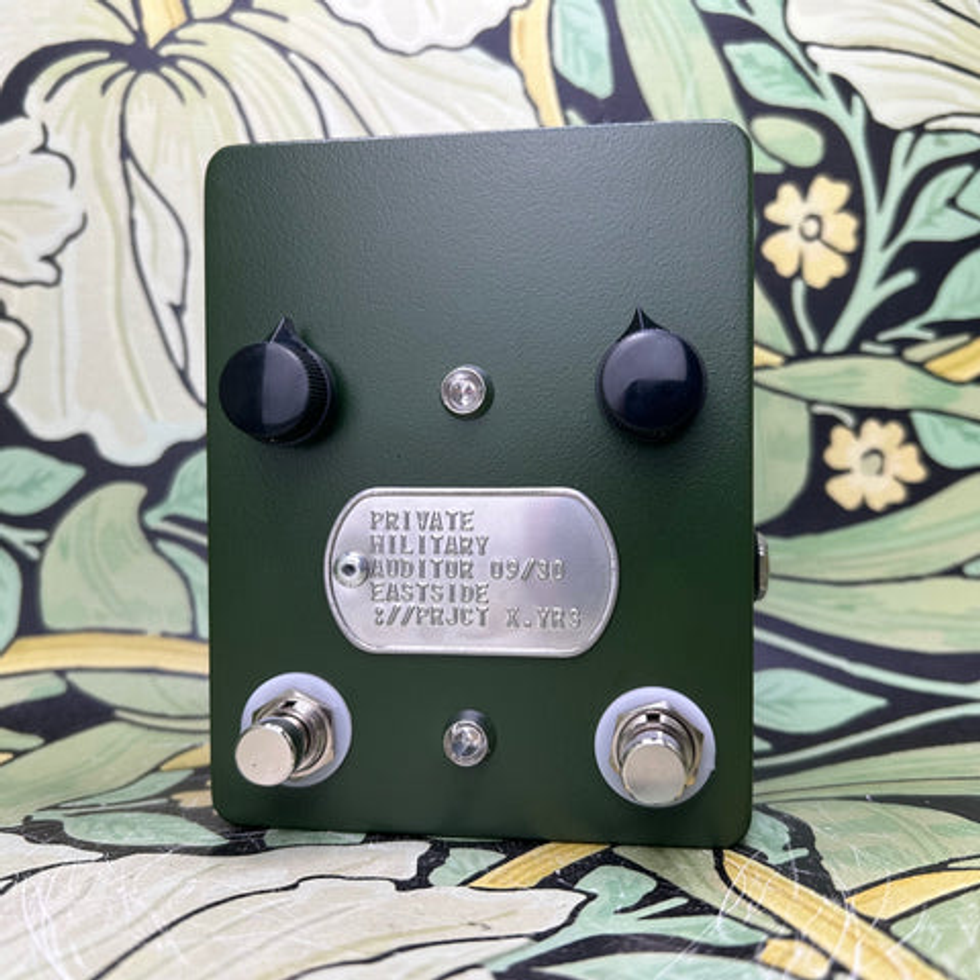
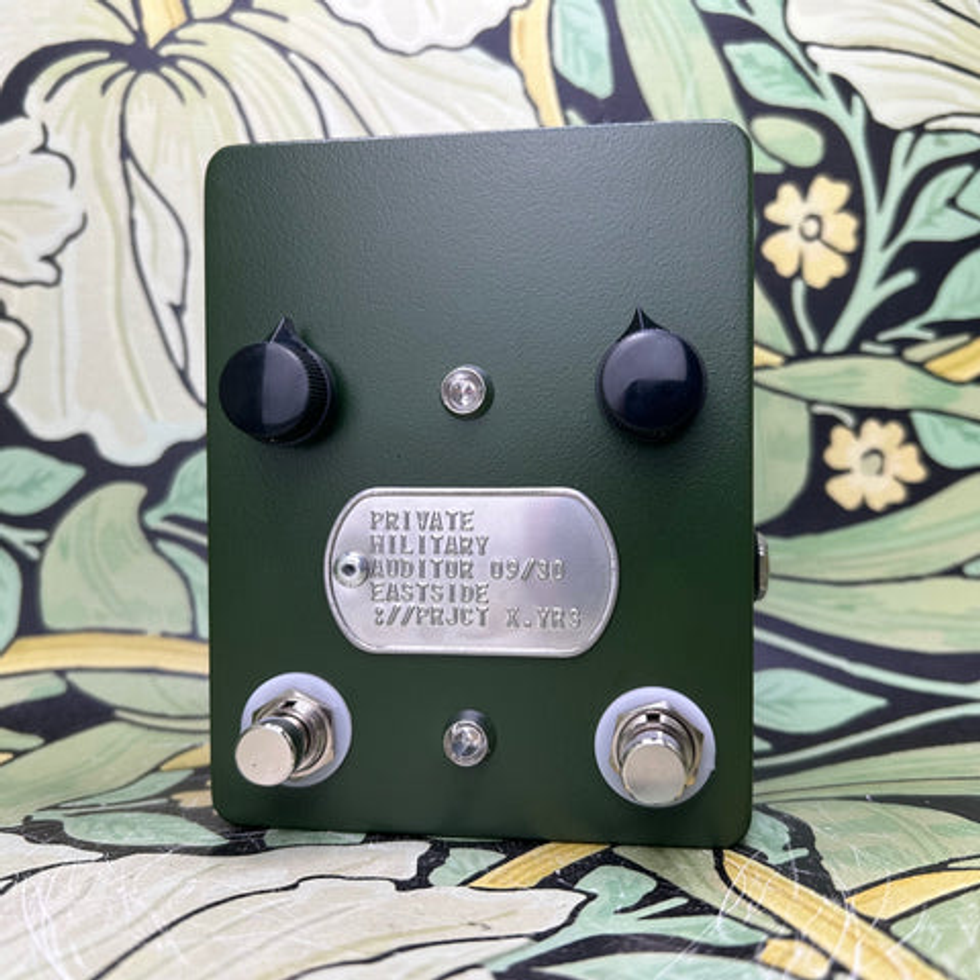
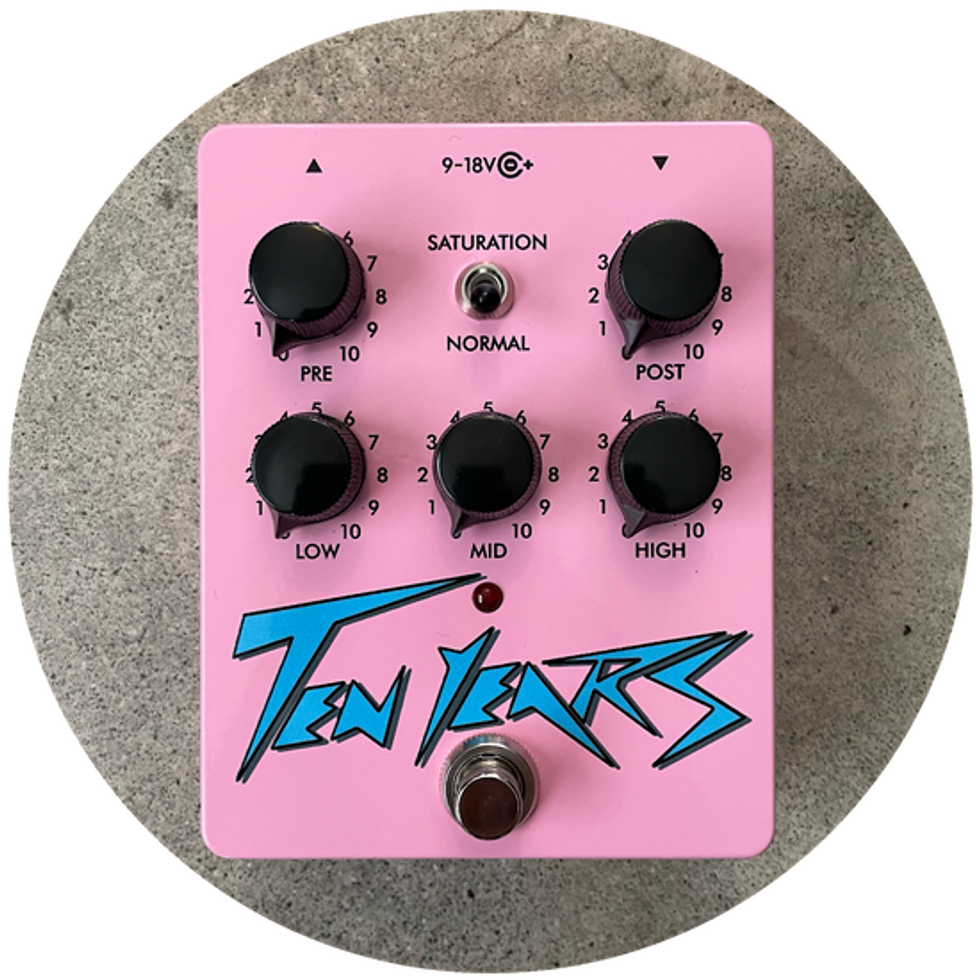


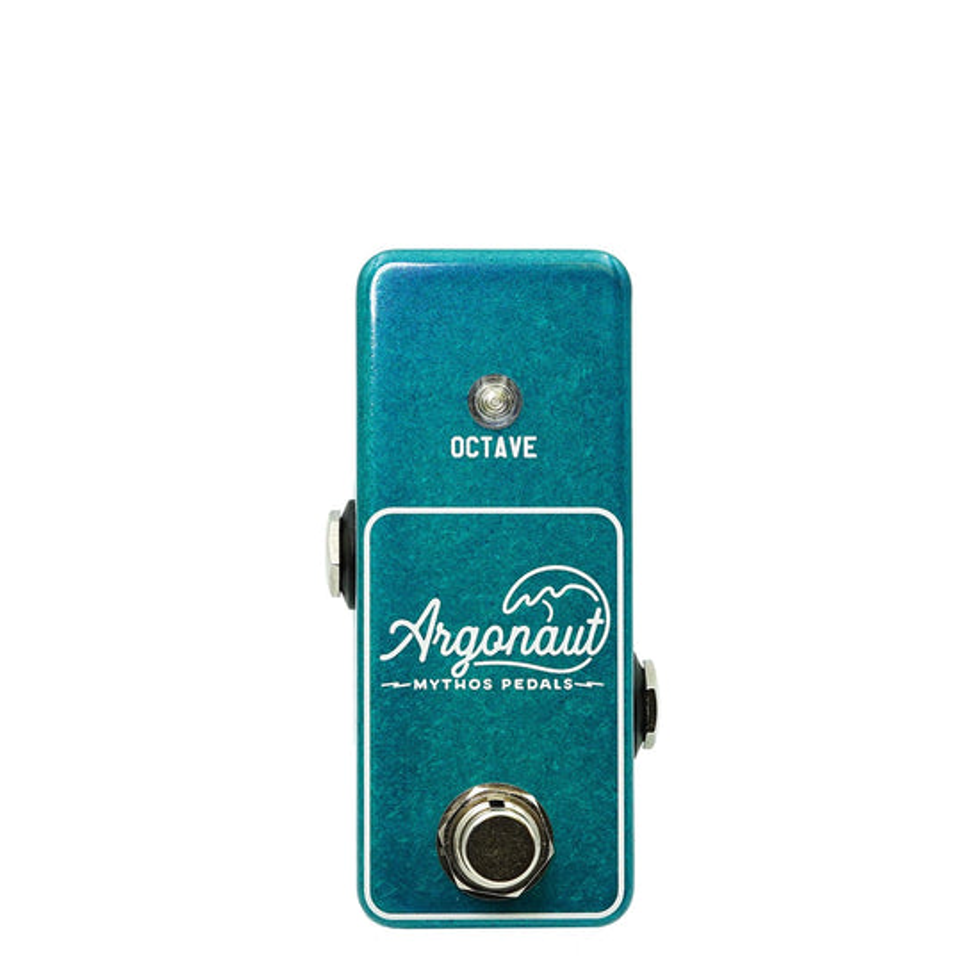
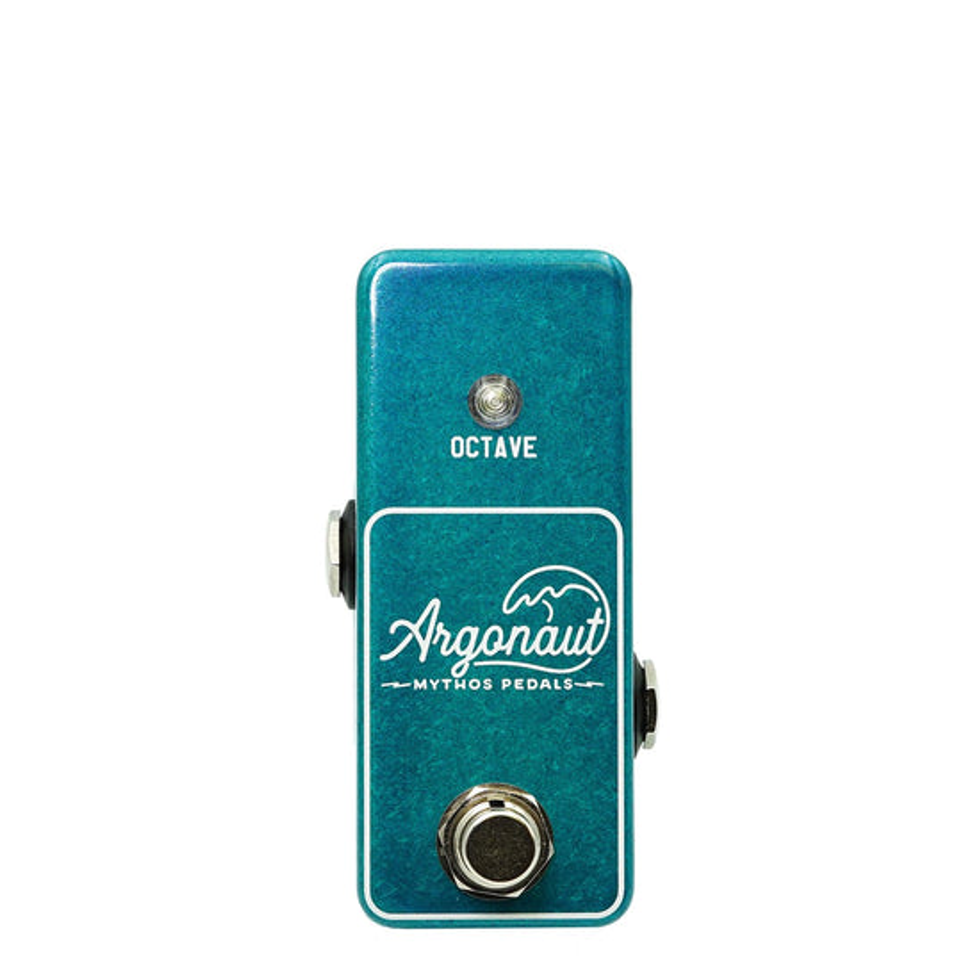
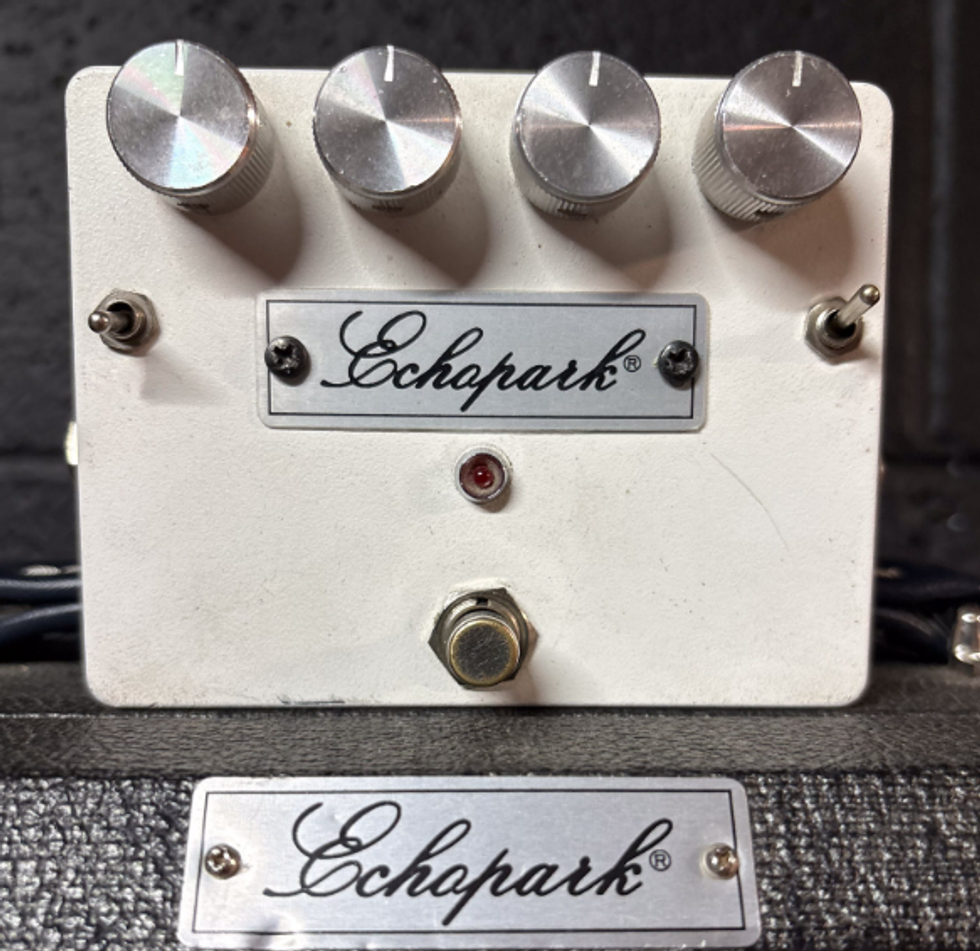
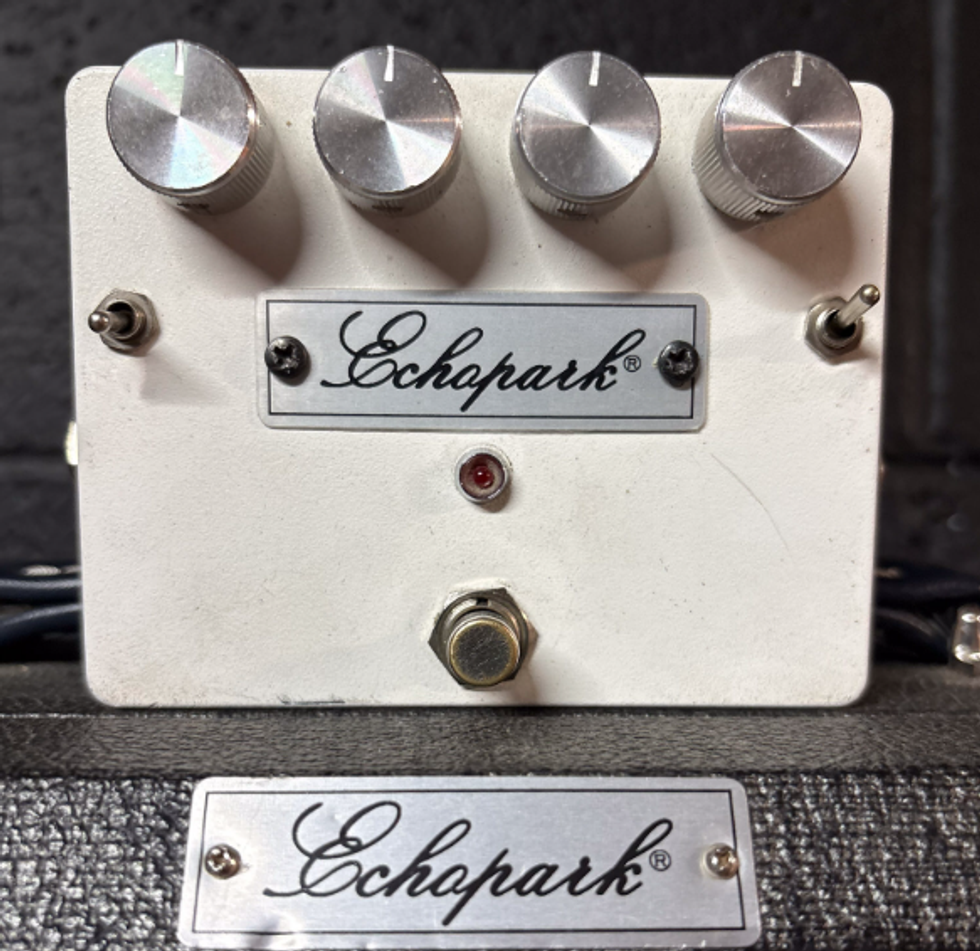

![Devon Eisenbarger [Katy Perry] Rig Rundown](https://www.premierguitar.com/media-library/youtube.jpg?id=61774583&width=1245&height=700&quality=70&coordinates=0%2C0%2C0%2C0)






